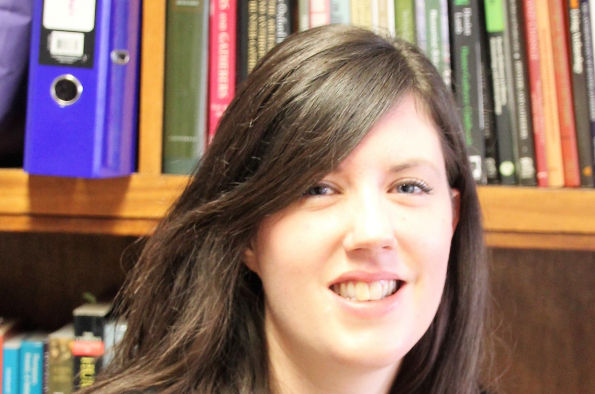
From visitation to intensification: a new demographic history of Palaeolithic Europe (Dr Jennifer French, University of Liverpool)
- Lucy Timbrell
- Admission: Free. Registration is required to attend the webinar.
Add this event to my calendar
Click on "Create a calendar file" and your browser will download a .ics file for this event.
Microsoft Outlook: Download the file, double-click it to open it in Outlook, then click on "Save & Close" to save it to your calendar. If that doesn't work go into Outlook, click on the File tab, then on Open & Export, then Open Calendar. Select your .ics file then click on "Save & Close".
Google Calendar: download the file, then go into your calendar. On the left where it says "Other calendars" click on the arrow icon and then click on Import calendar. Click on Browse and select the .ics file, then click on Import.
Apple Calendar: The file may open automatically with an option to save it to your calendar. If not, download the file, then you can either drag it to Calendar or import the file by going to File >Import > Import and choosing the .ics file.
Weaving together archaeological, palaeoanthropological, and genetic data, and interpreting these with reference to ethnographic data on recent hunter-gatherers, in this talk Jennifer presents an overview of a new model for the demographic prehistory of European Palaeolithic populations (1.8 million to 15,000 years ago). This demographic prehistory of Palaeolithic Europe comprises four stages: visitation, residency, expansion, and intensification. It is a prehistory that is both biological and social; one in which within the physiological constraints on fertility and mortality, Jennifer argues that social relationships provide the key for enduring demographic success. Most importantly, it is a prehistory concerned with the big picture of human evolution, but which is firmly grounded in the day-to-day realities of Palaeolithic people—their families, their children, the way they lived and died.
